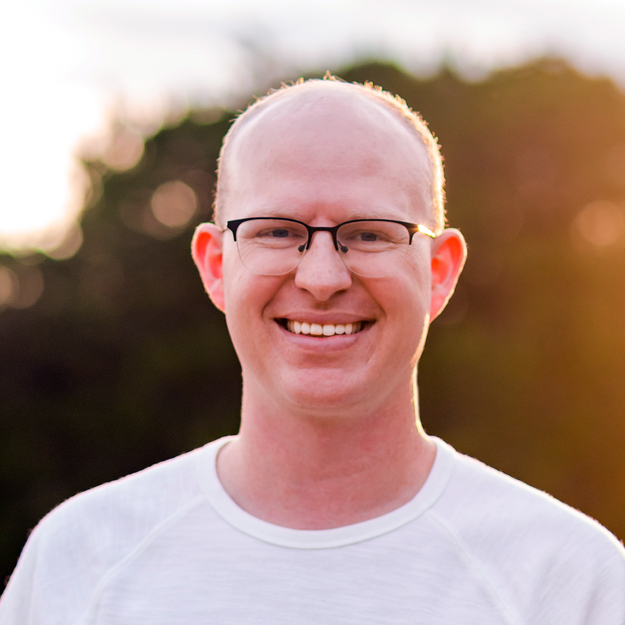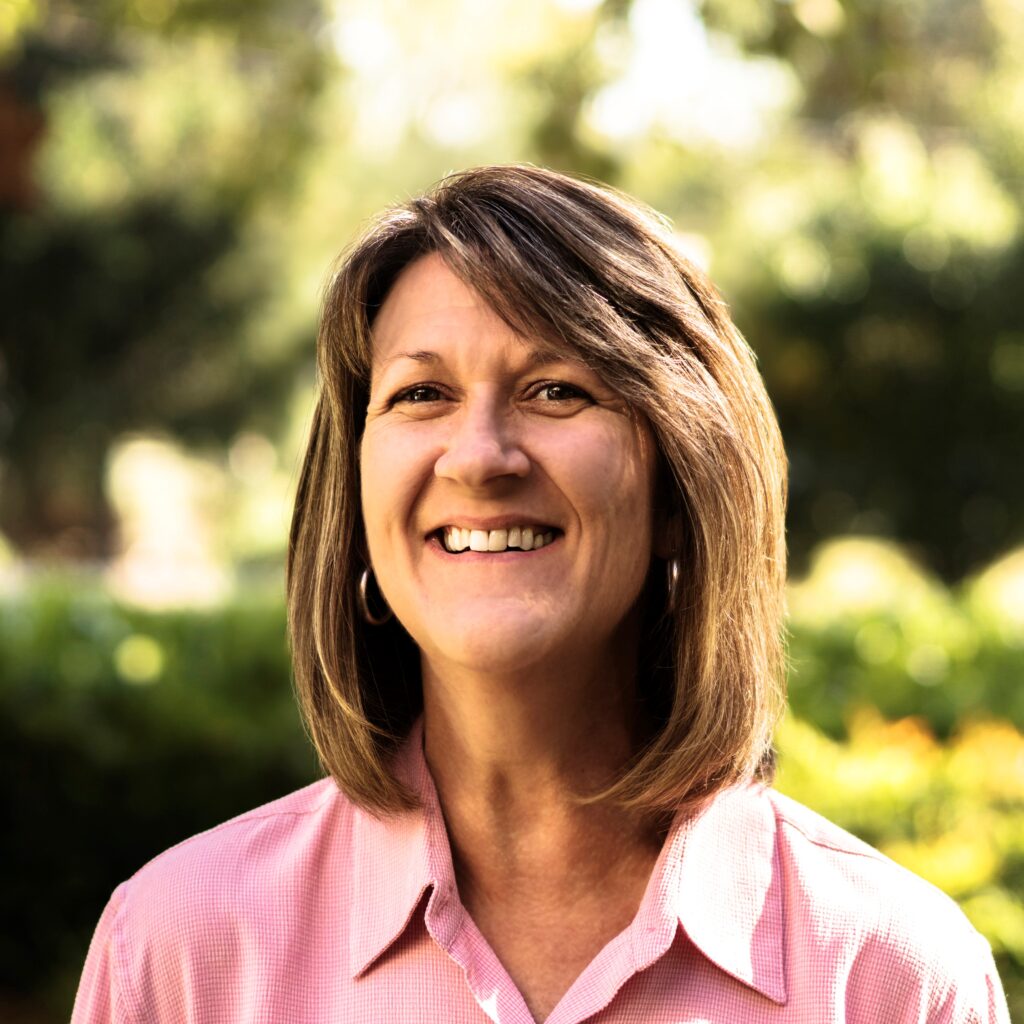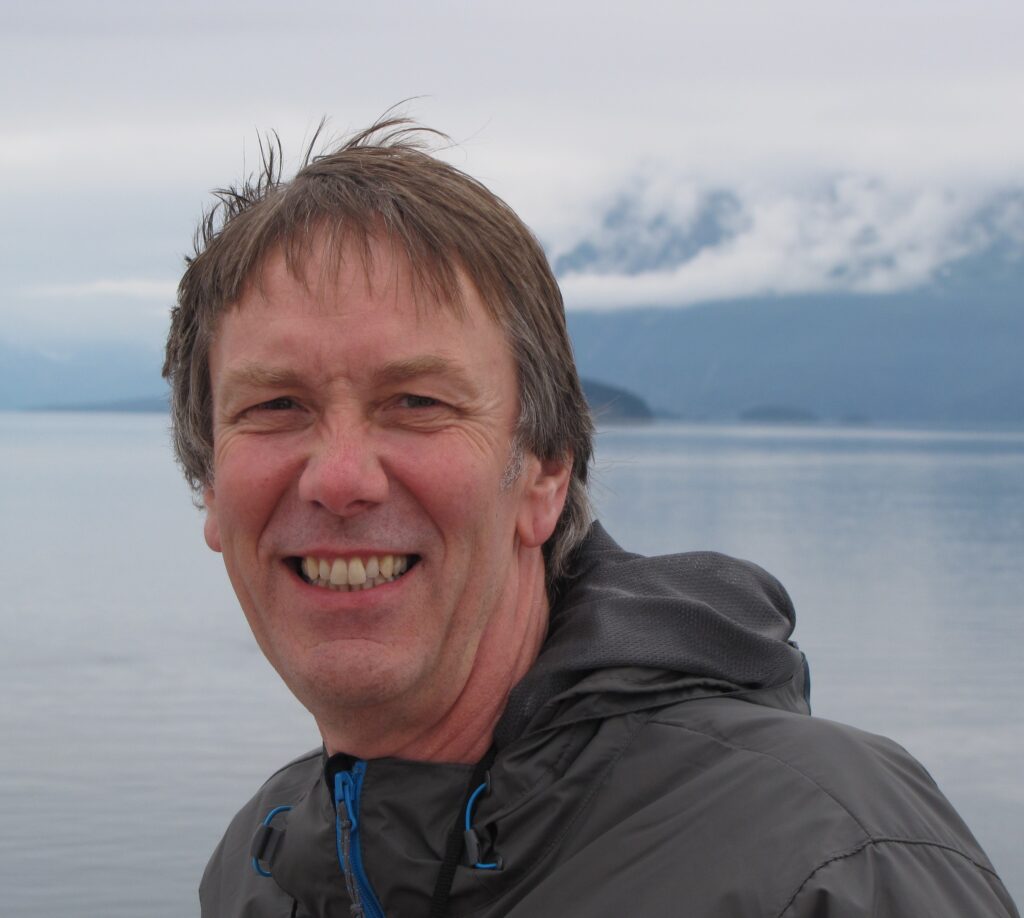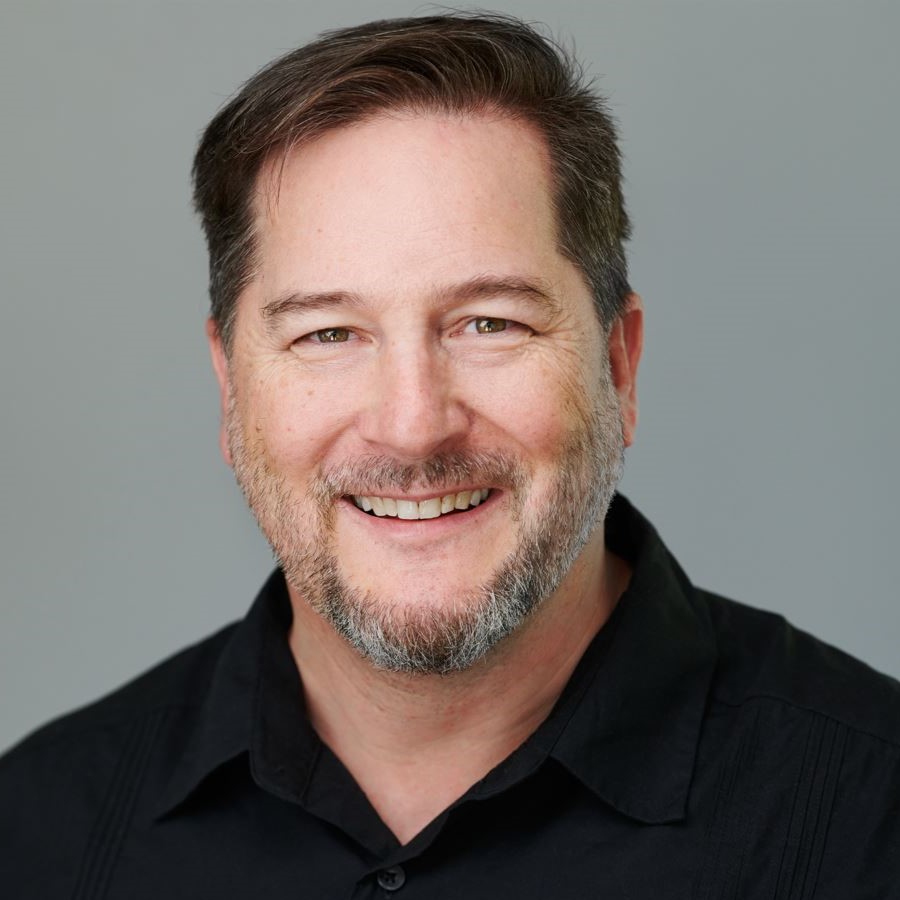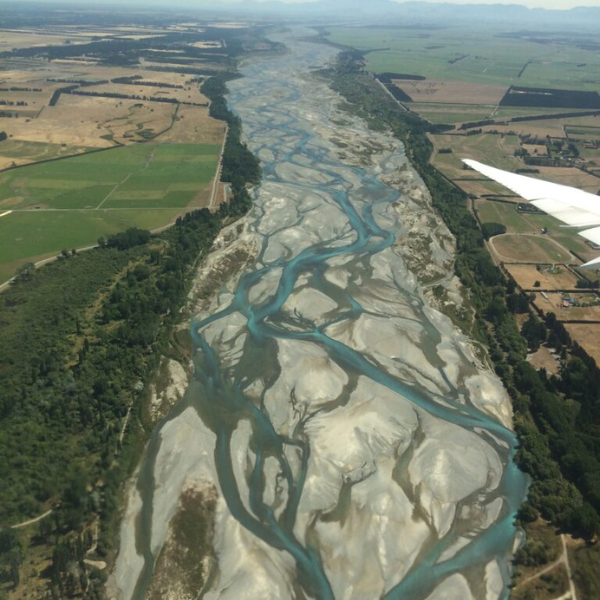Video
Let it flow, let it flow!
Introducing the 'Stage Zero' approach for geomorphological design and assessment of channels
About
Why do rivers move, and how far would they go if we didn't constrain them? We've all carved out channels in the sandbox or at the beach; for this webinar, you'll get to meet professional fluvial geomorphologists who apply lessons from the sandbox at a much larger scale. We're excited to have Grady Hillhouse from the Practical Engineering YouTube channel kick off our webinar with an overview of stream tables and how they can help us visualise and assess morphological changes.
We'll then have a team of experts outline the Stage Zero approach to river restoration. "Stage Zero" describes a condition in which a river and its floodplain have been undisturbed for a period of time sufficient to allow its geometry to adjust to the flow, sediment, and biological processes of the catchment. Stage Zero is characterised by an abundance of a wide range of hydromorphic attributes and ecosystem benefits, high fluvial complexity, and full connectivity to the floodplain and the hyporheic aquifer.
Early efforts at stream restoration focussed on channel-based and form-based methods to add needed habitat elements to degraded stream channels; however, engineered solutions have often failed during large storms, without sufficient consideration of key historic processes. Our invited guests will explain the definition and theory of Stage Zero, cover site selection, design, implementation and outcomes, and provide examples of process-based restoration.
Got a question for Grady or our panel of expert geomorphologists? Watch Grady's introduction of stream tables below, browse through the Stage Zero data hub, and then join us in May for the live webinar. Our panellists and presenters will be answering questions from the audience, so don't miss this chance to join this interactive engagement with prominent practitioners in the field.
Presenters
Grady Hillhouse
Practical Engineering
Janine Castro
US Fish and Wildlife Service
Colin Thorne
University of Nottingham & W2r
Kate Meyer
US Forest Service
Paul Powers
US Forest Service Enterprise Program
Krey Price
International Water Training Institute


